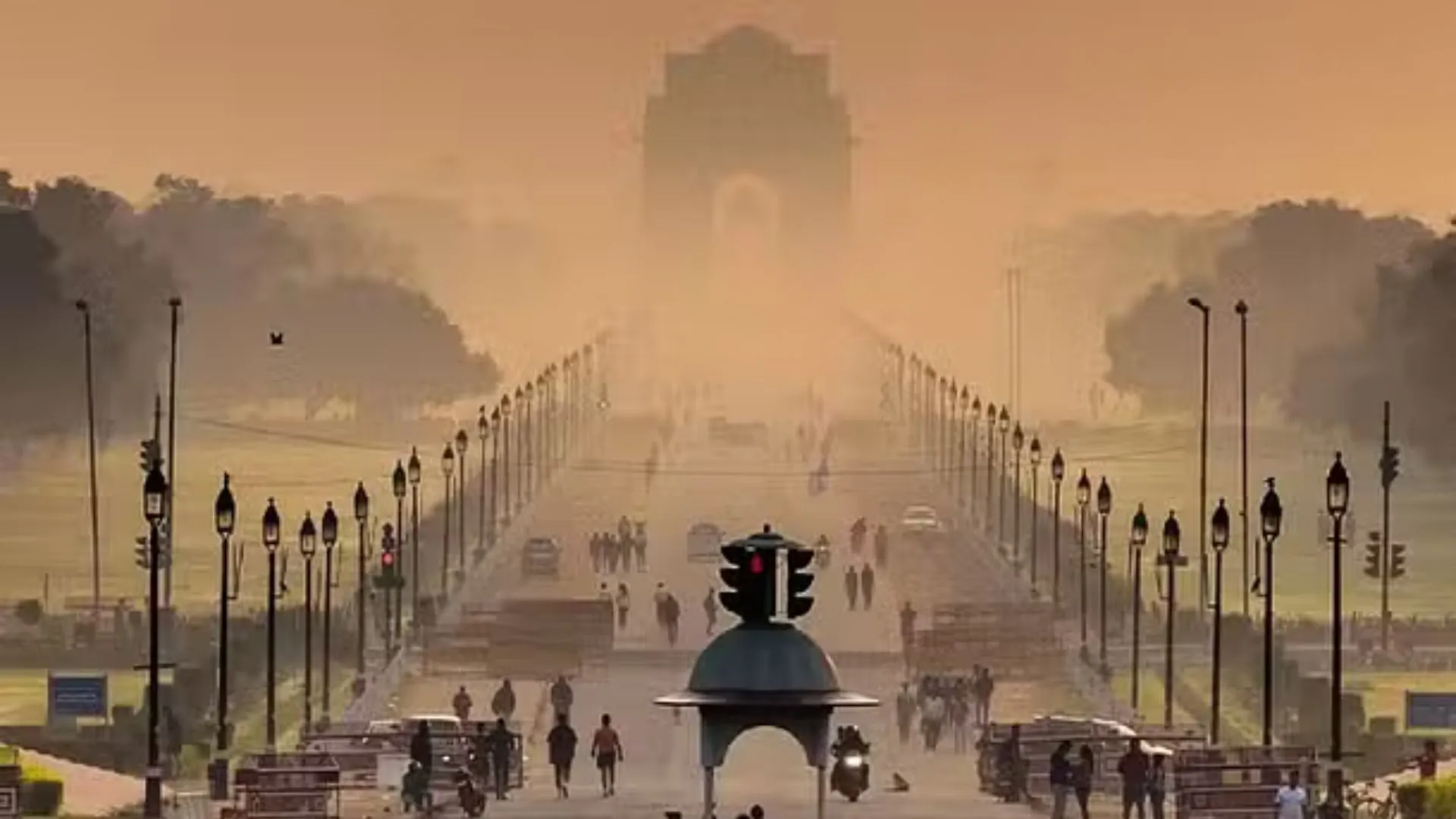Delhi’s air quality has reached alarming levels, with the city suffering from thick gray haze for four consecutive days, as pollution levels soared to 424 on the Air Quality Index (AQI) scale, categorized as “severe plus.” The capital’s AQI breached the 450 mark on Sunday, prompting authorities to implement the Graded Response Action Plan (GRAP) Phase 4 restrictions to combat the rising air pollution.
The Real Culprit
While crop burning and vehicle emissions would be the usual suspects blamed for the city’s pollution, a recent study from Centre for Research on Energy and Clean Air has now brought forth a greater villain—thermal power plants. According to CREA, coal-powered plants in Delhi-NCR emit 16 times more pollution than the combined pollution from stubble burning.
The study disclosed that between June 2022 and May 2023, the NCR area’s thermal power plants released an enormous 281 kilotons of SO2 compared to the little pollution made by burning 8.9 million tons of crop stubble in Punjab and Haryana at 17.8 kilotons.
#WATCH | A layer of haze covers ITO area in Delhi. As per Central Pollution Control Board (CPCB), the air quality in the area remains in ‘Severe’ category.
Drone visuals shot at 7.30 am. pic.twitter.com/jrLzoxXnUr
— ANI (@ANI) November 20, 2024
Pollution From Thermal Power Plants Vs. Crop Burning
According to the CREA study, there is an unbalanced effect of thermal power plants on Delhi’s air quality. Thermal power plants operate mainly by coal and generate enormous quantities of sulfur dioxide; this toxic pollutant leads to respiratory diseases and other harmful effects in the surroundings. The emissions from these plants are much more enormous than the sum of stubble burning emissions from states nearby.
Studies tell how massive this is, as the thermal power plants in NCR alone account for 281 kilotons of SO2 emission per year, while stubble burning accounts for a minuscule 17.8 kilotons. The large difference underlines that the enormous pollution contribution of these plants needs urgent attention, far from the limelight reserved for crop burning and other driving vehicles.
Adding To The Problem
On top of the industrial pollution, the recent weather has made matters worse. The slow winds and cooling temperatures did not allow pollutants to clear, holding dust and smoke in the air. As temperatures plummeted, the air even stood out as stagnant on Monday night, which was the coldest evening of the season at 12.3 degrees Celsius—two degrees from last night’s 16.2 degrees Celsius. This caused the retention of pollutants to be longer, thereby worsen the air quality.
The situation reached a critical point on Tuesday when, according to data from the Central Pollution Control Board (CPCB), the AQI of Delhi hit dangerous levels of 488. High pollution levels have increasingly impacted public health and daily life, urging urgent discussions about the need for long-term solutions.
E-Hearings In The Time Of Air Pollution
The judiciary has not been a bystander to air pollution either. Chief Justice Sanjiv Khanna issued orders that vowed to make virtual hearings the norm where possible in light of hazardous air quality. Supreme Court Bar Association president Kapil Sibal along with other lawyers have called for immediate action against the pollution crisis of Delhi.
“We have told all the judges to allow virtual hearings wherever possible,” the Chief Justice said, acknowledging the worsening situation. Sibal and other legal experts raised concerns over the impact of pollution on both public health and the legal process, stressing the need for more comprehensive and effective measures.
Alarming pollution levels in Delhi have proven, according to recent studies, to be largely caused by thermal power plants. This means that although emission from stubble burning and vehicles would still form a major chunk of the problem, unmonitored emissions from plants run by coal currently constitute the main problem. Meanwhile, with haze over Delhi continuing unabated, it is evident that regulating industrial emissions will be the key to improving air quality and safeguarding public health in the national capital.

















